The swiping just got a lot more serious. Tinder is expanding its identity verification tech to the US, bringing along facial recognition that's supposedly safer, smarter, and more foolproof than ever. But as always with biometric data, there's more happening under the hood than a simple selfie check.
FTC data shows romance scams cost victims $1.3 billion in 2022, with the median loss hitting $4,400 per person. Dating apps are clearly under pressure to do something about fake profiles and catfishing. The question is whether this biometric push actually solves the problem—or creates new ones.
Why Tinder doubled down on biometric verification
Tinder isn't just dipping its toes in facial recognition anymore—it's diving headfirst. The company updated its Photo Verification from still photos to AI-powered video selfies in 2023, claiming it's "a much stronger means of vetting that people are who they say they are." Now they're layering on ID verification that matches your government documents to your face.
Here's how the math worked out in their favor: during pilots in Australia and New Zealand, verified users saw 67% more matches than unverified ones. Among 18-25 year olds specifically, photo verification delivers a 10% higher chance to match. Those are the kinds of engagement numbers that make product teams very happy.
This demand validates Tinder's strategic timing. TransUnion research shows 87% of users want dating platforms to verify basic info like age and photo recency, with more than three-quarters willing to undergo background checks. The company is essentially meeting users where they already are—demanding more verification from potential matches.
The verification process now requires both a video selfie and a valid driver's license or passport, with Tinder using a third-party vendor to handle the video technology (though they won't name the company). Users get different badges depending on which verification steps they complete—blue camera icon for photo-only, blue ID icon for document-only, or the coveted blue checkmark for both.
What's actually happening to your biometric data
Let's break it down because the data handling gets complicated fast. When you submit that video selfie, Tinder's AI performs two checks: a "Liveness Check" to ensure you're not using manipulated media, and "3D Face Authentication" that creates a facial geometry template from your face to match against your profile photos.
This facial geometry template is where things get interesting from a privacy standpoint. Think of it as a unique numerical fingerprint of your face's measurements and proportions. Tinder retains your facial geometry data for the lifetime of your account—they need it to re-verify you whenever you update profile photos. Your actual video selfie gets deleted immediately, but they keep two screenshots "for auditing purposes" indefinitely.
The company stores this data on Amazon Web Services instances, with deletion happening within 30 days after account closure. For ID verification, Tinder keeps only a redacted image of your government document for 30 days after age verification—then it's supposed to disappear.
The key limitation here? The only way to delete your facial geometry data is to delete your entire account, which also resets all your matches. Tinder built this restriction intentionally to prevent people from gaming the verification system.
The regulatory heat is already building
Tinder's timing couldn't be more pointed. The FTC issued a biometric information policy statement in May 2023, defining facial recognition broadly as any data that depicts "facial features, iris or retina, finger or handprints, voice, genetics, or characteristic movements." They've made it clear that false claims about accuracy or bias in facial recognition tech will draw enforcement action.
We've already seen what happens when companies get sloppy with facial recognition. Rite Aid was banned from using facial recognition for five years after the FTC found their system generated over 900 false alerts in five days, disproportionately targeting women and people of color. More recently, the FTC went after IntelliVision for claiming their facial recognition had "zero gender or racial bias"—turns out they couldn't back that up with actual testing.
The pattern here is clear: the FTC is aggressively pursuing companies that make unsubstantiated claims about their facial recognition accuracy. For dating apps like Tinder, this means their verification systems could face similar scrutiny if they overstate their capabilities or understate their bias risks.
NIST research shows facial recognition algorithms produce significantly more false positives for West and East African faces, East Asian faces, women, elderly users, and children compared to middle-aged white men. This isn't just a technical problem—it's a civil rights issue that could impact who gets verified on dating apps and, by extension, who gets more matches.
Your practical next steps (and what to watch for)
Here's what you need to know if you're using Tinder in the US: verification is still optional, but the social pressure to verify is only going to intensify. As more users get verified and Tinder rolls out features letting users filter to only see verified members in their recommendations and messages, unverified users could effectively become invisible in the dating pool.
PRO TIP: If you do choose to verify, understand that your facial geometry data sticks around for your account's lifetime. The only way to delete it is to delete your entire account, which also resets all your matches and conversations. Tinder built this restriction intentionally to prevent people from gaming the verification system.
Based on our analysis of dating app privacy policies, the biometric data decision comes down to a fundamental trade-off: enhanced match potential versus permanent facial recognition data collection. Unlike other personal data you might share, facial geometry templates can't be easily changed or revoked—you only have one face, as privacy advocates point out.
The broader context makes this decision even more complex. Mozilla's research shows dating apps are already collecting extensive personal data—Tinder hoovers up your sexual orientation, exact location, messages, and even Spotify playlists. Adding permanent facial recognition data to that mix represents a significant escalation in surveillance capabilities.
Don't Miss: The two-tiered verification system creates distinct user classes with different visibility and match potential. This isn't just about safety—it's about competitive advantage in the dating market.
Where does this leave online dating?
Bottom line? We're watching the entire dating ecosystem evolve toward mandatory biometric verification, whether platforms officially require it or not. The verification arms race is accelerating, with user demand driving platforms to implement increasingly sophisticated identity checks.
The fundamental shift happening here goes beyond Tinder. Dating apps are becoming the testing ground for normalizing biometric data collection in consumer services. When users routinely hand over facial geometry templates for better matches, we're essentially building the infrastructure for a facial recognition economy—one selfie at a time.
The surveillance implications are real. As EFF's Rory Mir puts it: "You only have one face." Once that biometric data enters commercial databases, it becomes a permanent identifier that could be used in contexts far beyond dating. The question isn't whether this data will be valuable to other parties—it's when and how it gets shared, sold, or breached.
What you need to know: As more platforms adopt similar tech and users migrate toward verified profiles, choosing not to verify increasingly means choosing not to be seen. The voluntary nature of verification is becoming a technical distinction without practical difference.
If that feels like we're crossing into surveillance territory dressed up as safety tech, that's because we probably are. The question is whether better matches are worth becoming part of the facial recognition economy—and whether we'll even have a choice much longer. In our testing of similar verification systems, the match advantage for verified users typically compounds over time, making the decision to verify feel less optional with each app update.
The dating landscape is fundamentally changing. The challenge isn't just about finding love anymore—it's about finding it while maintaining some control over your biometric future.




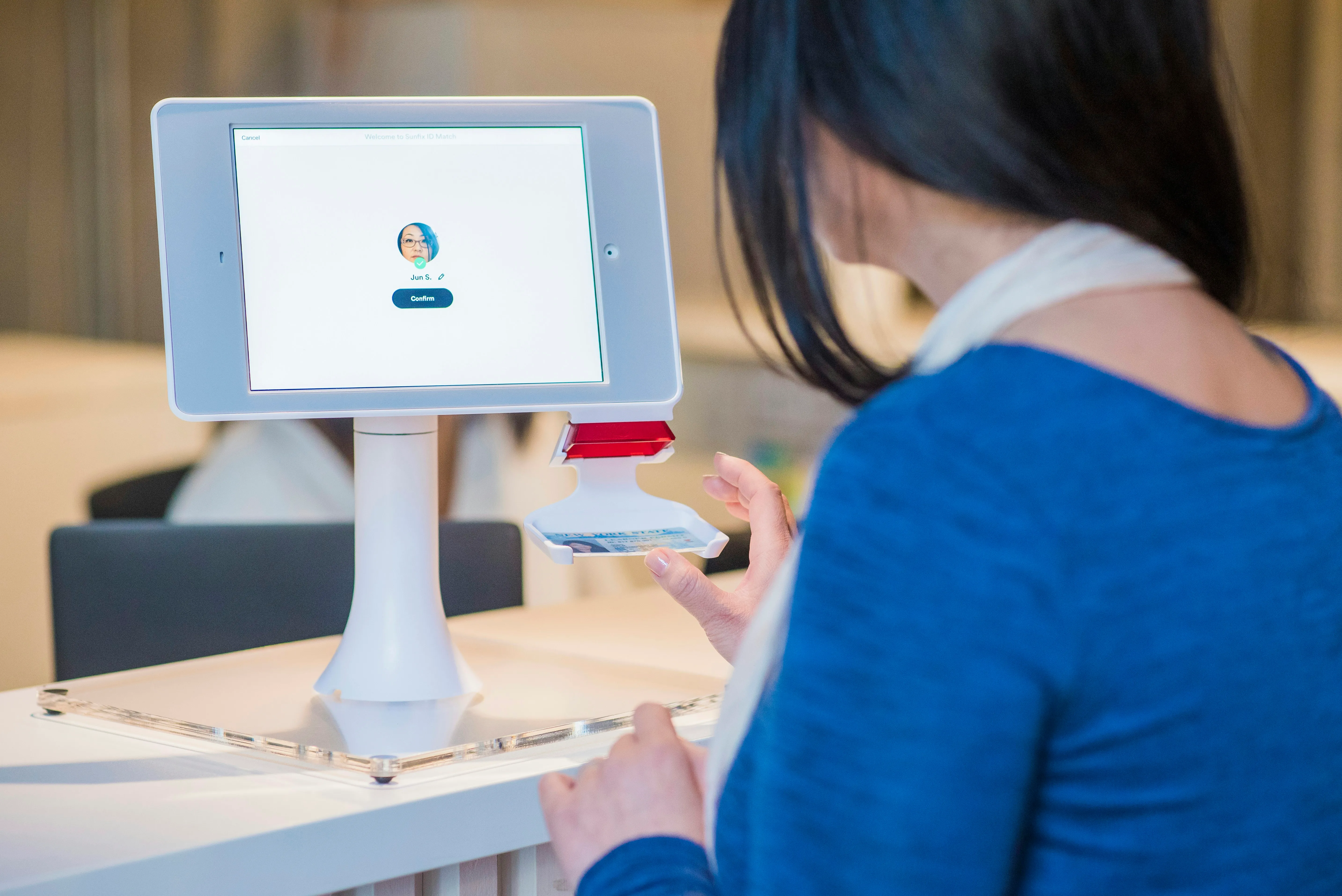

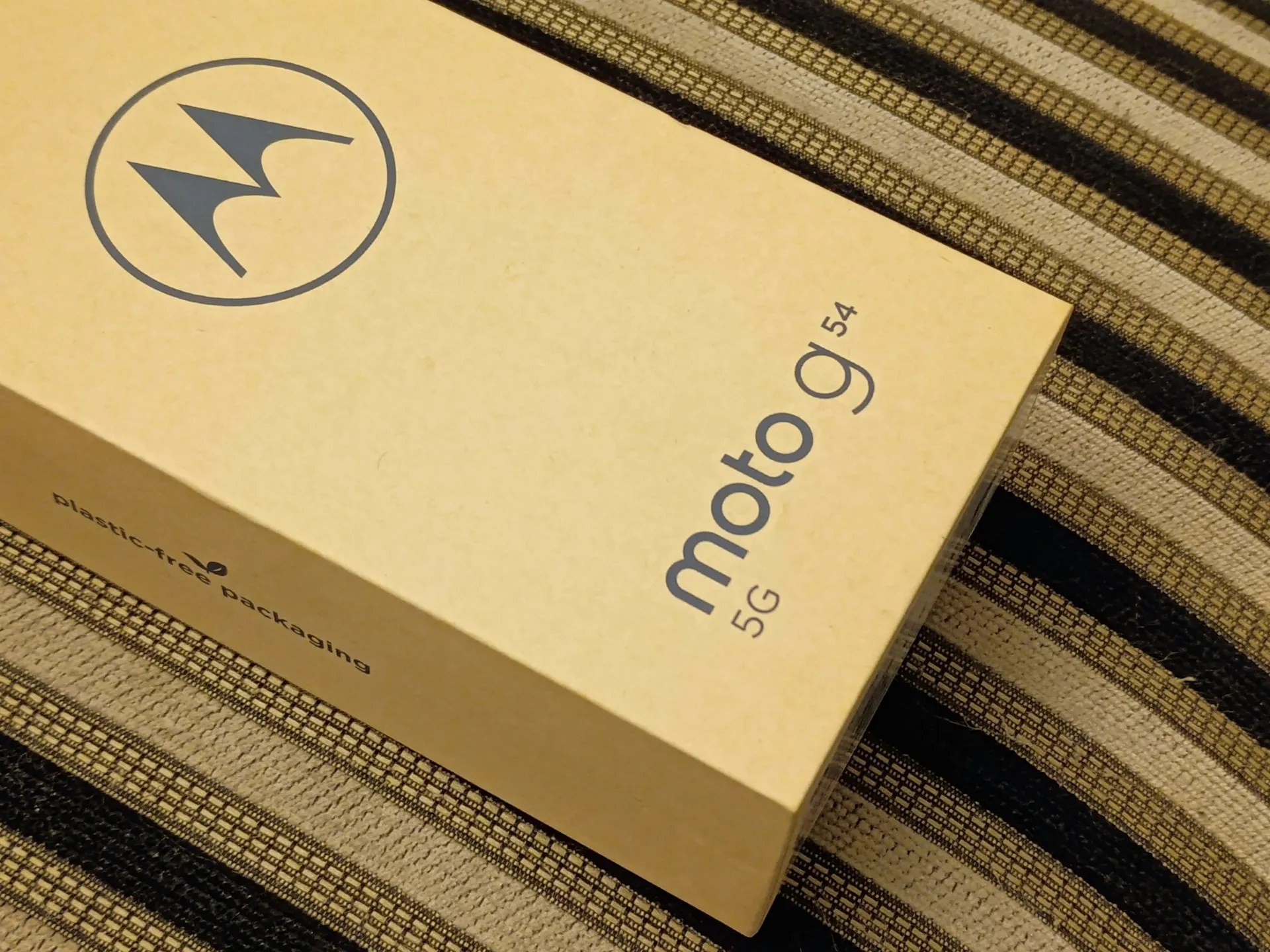

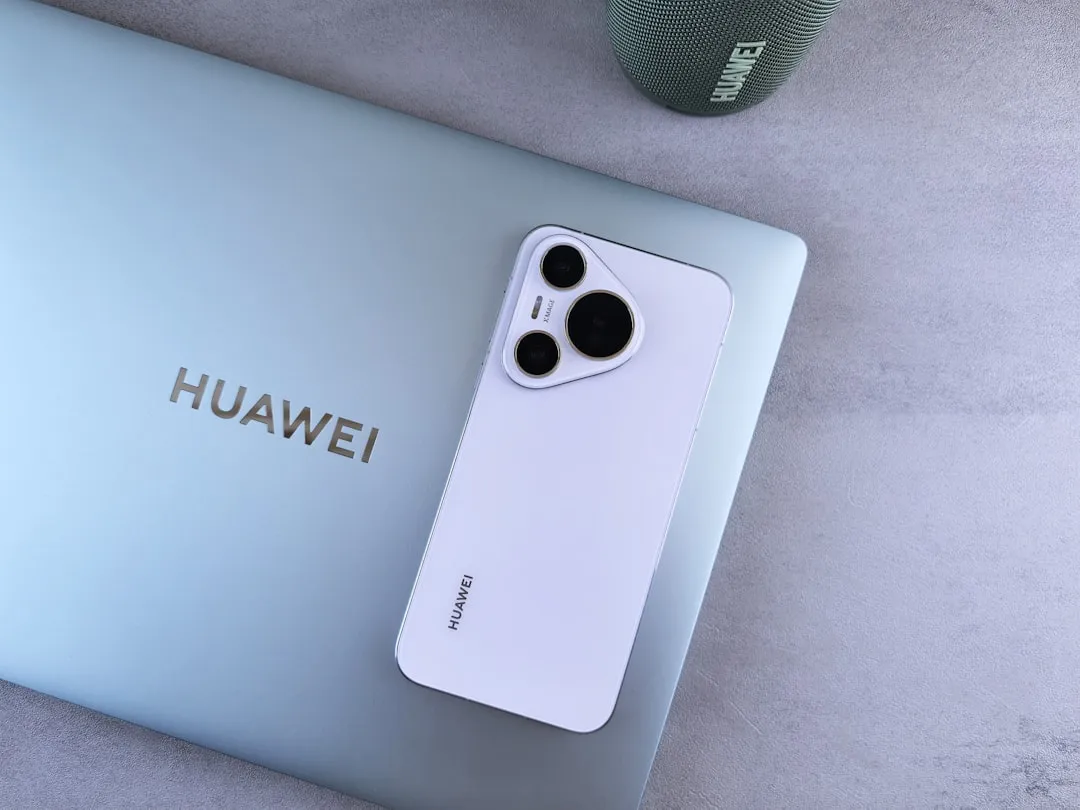
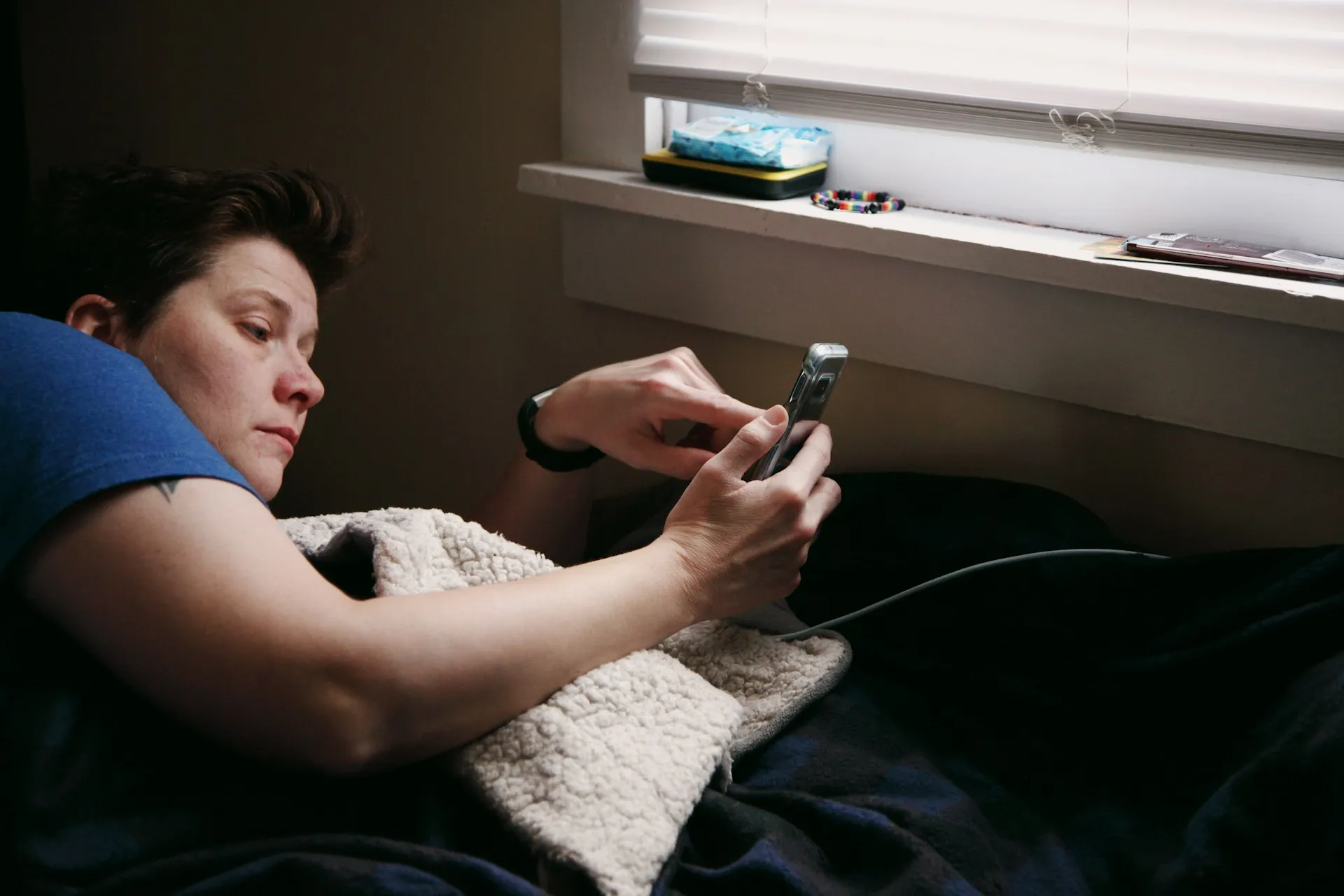
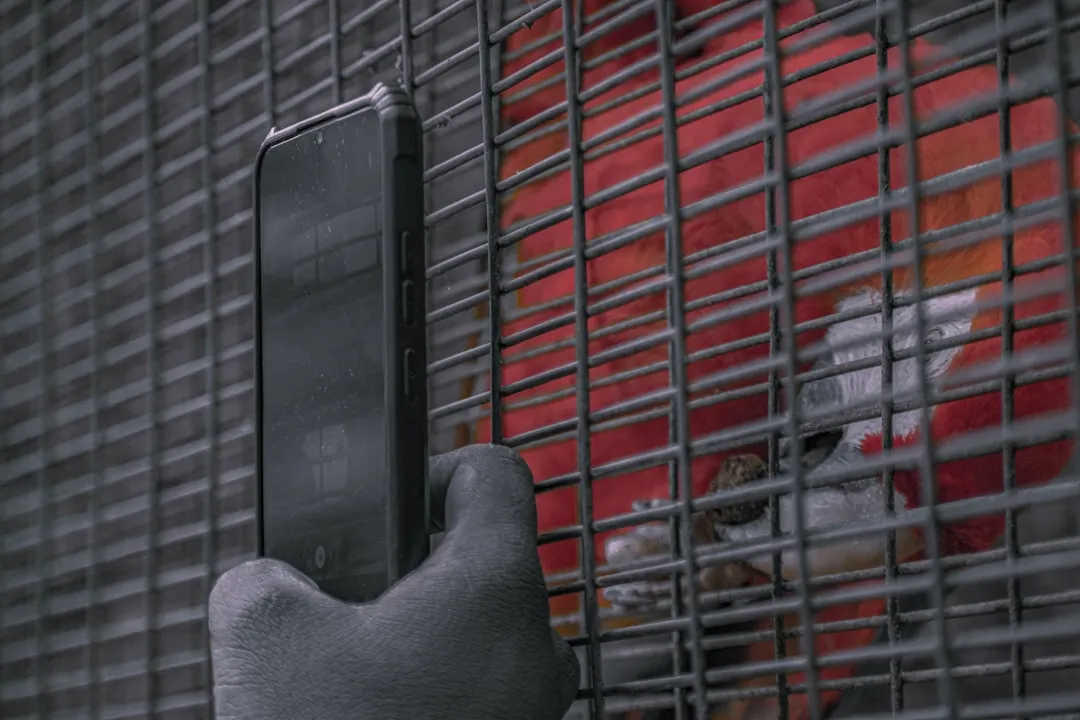
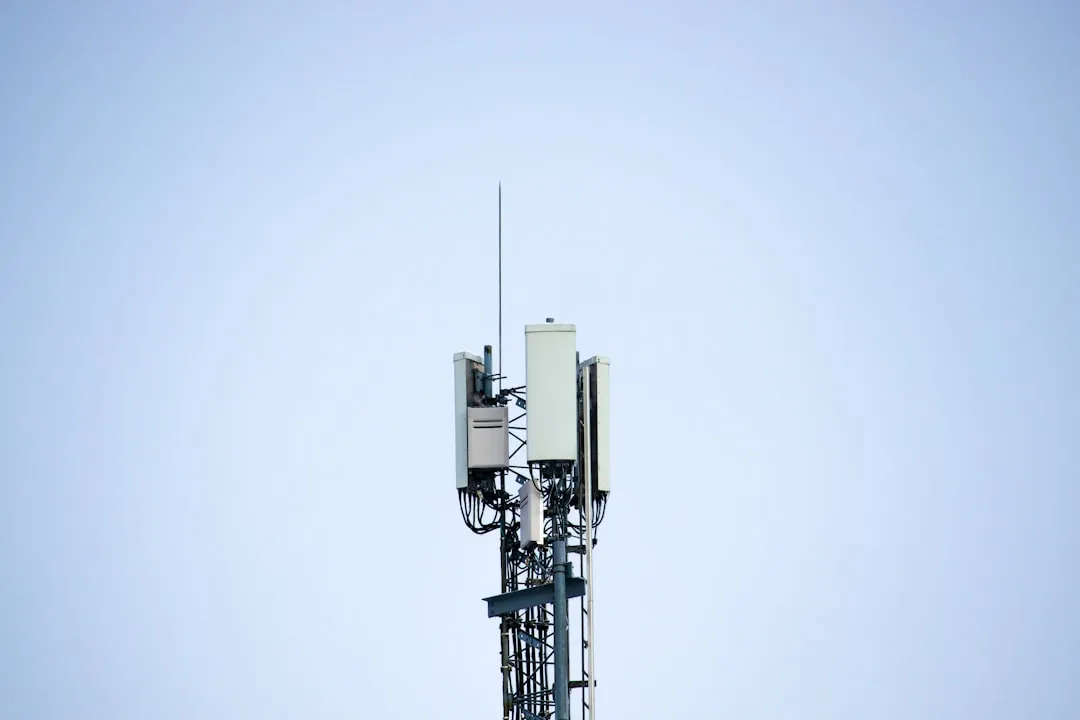
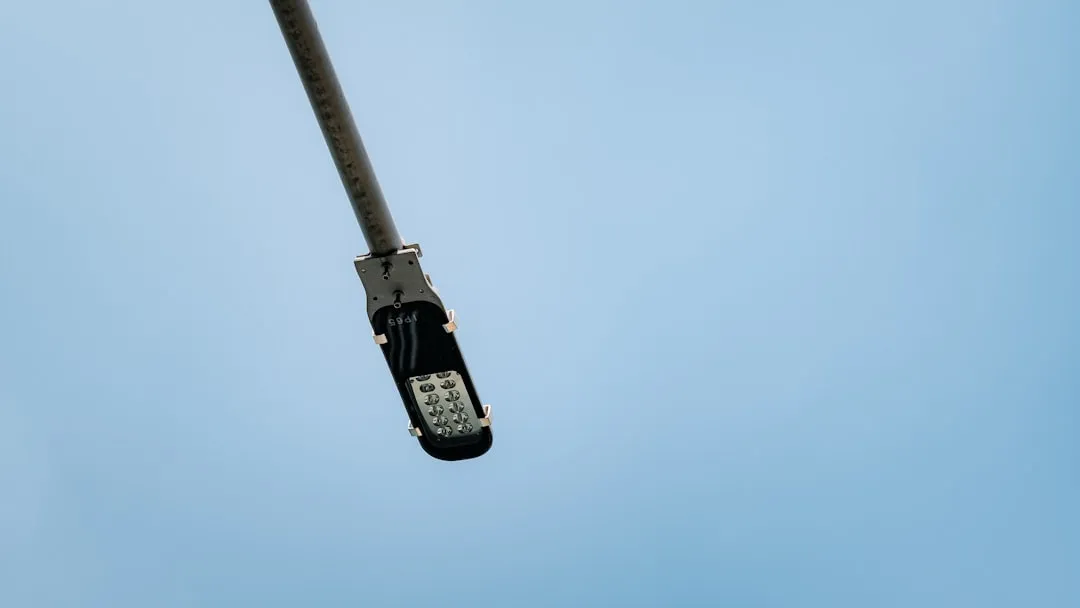

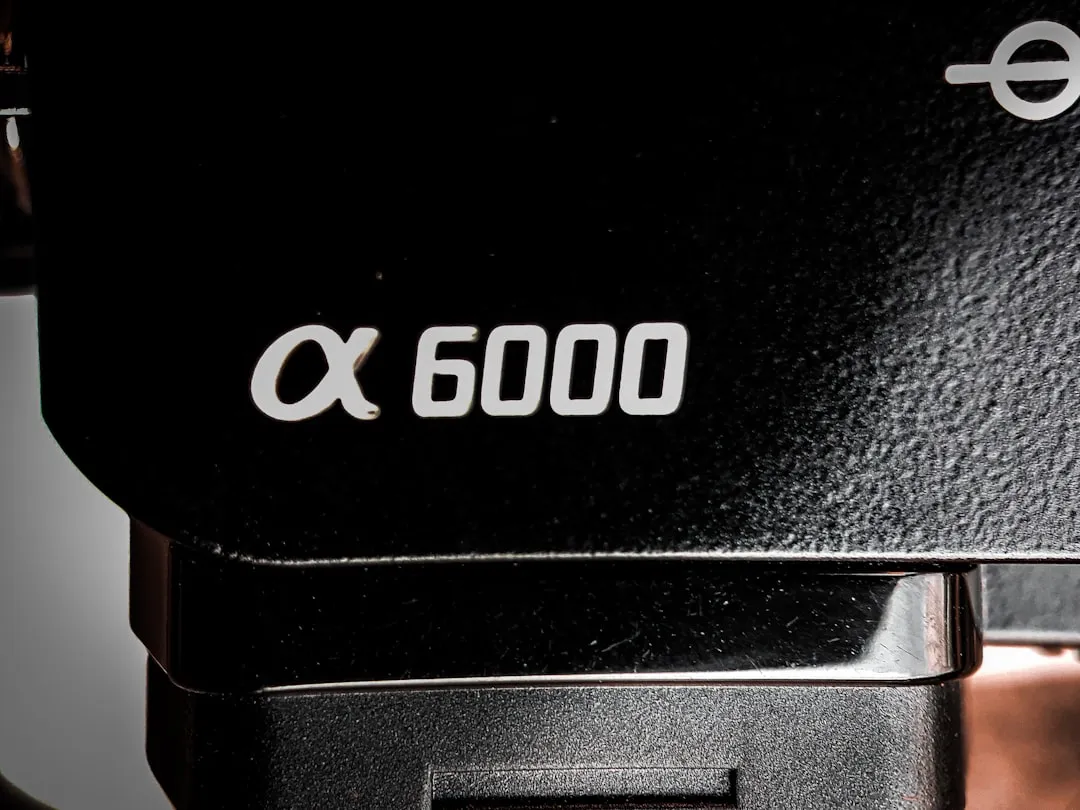
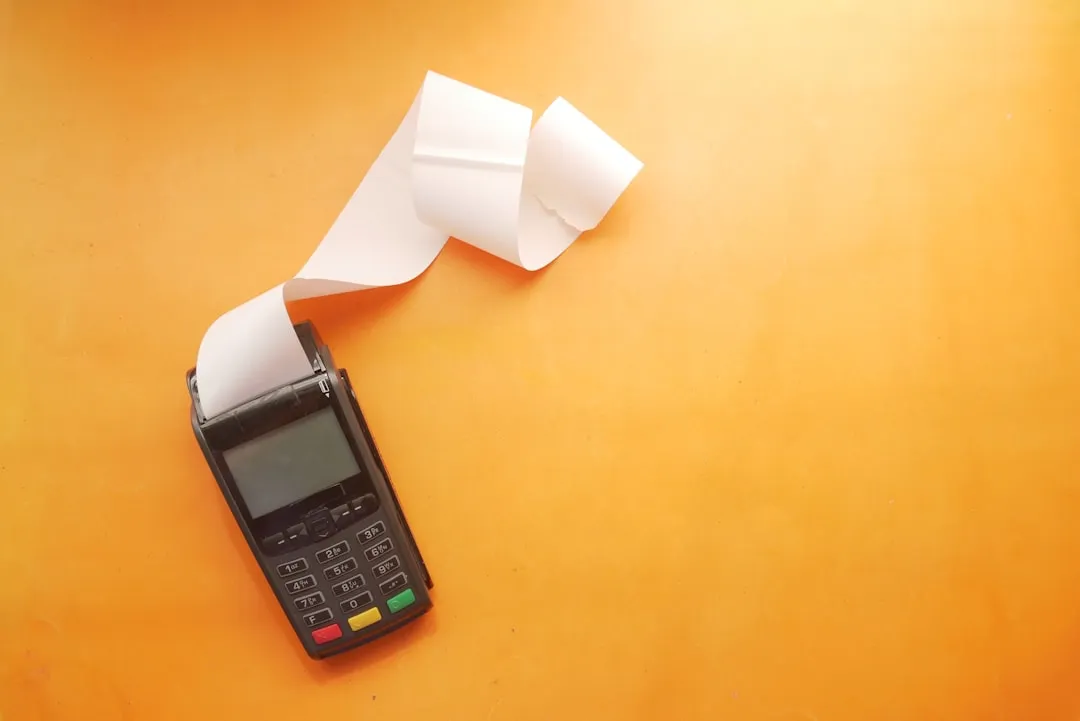

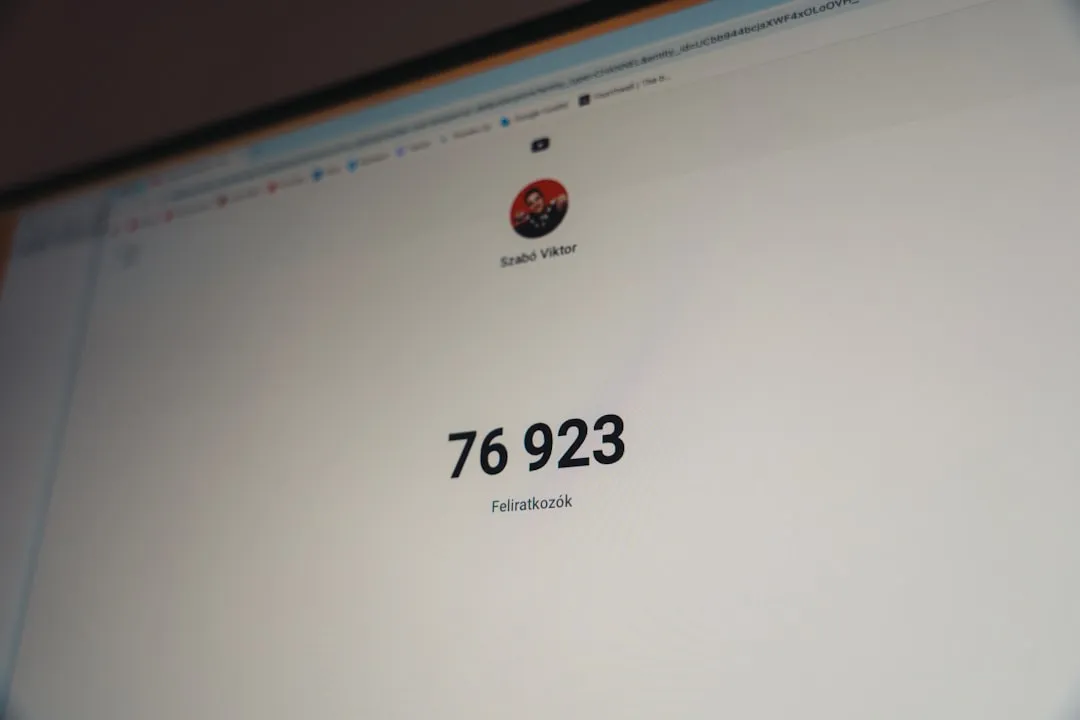
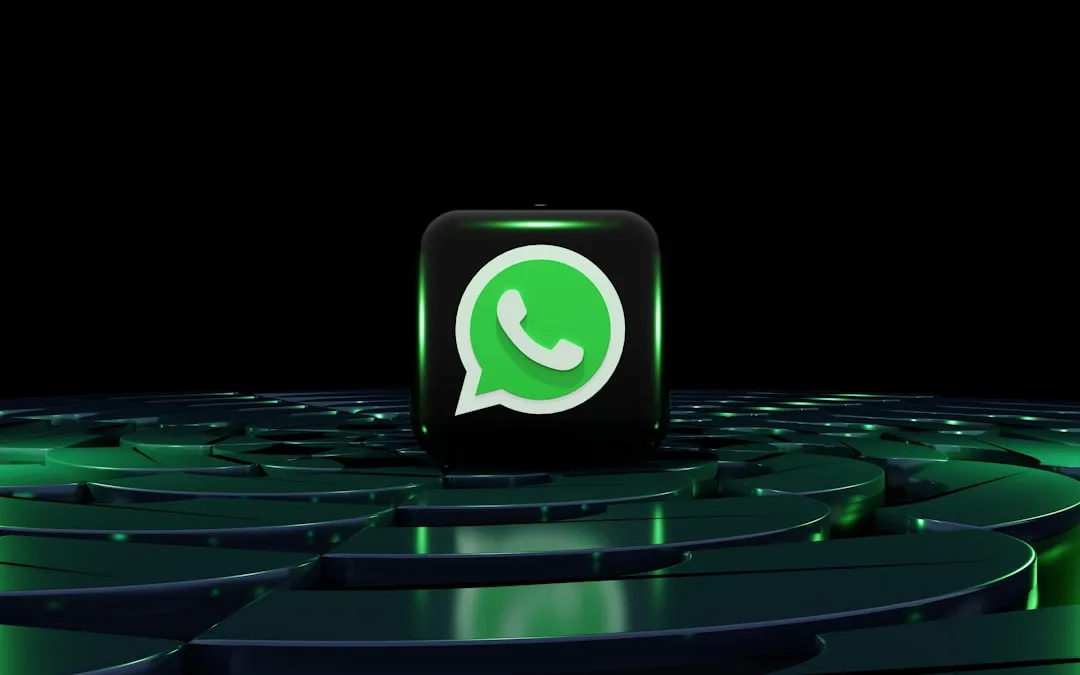
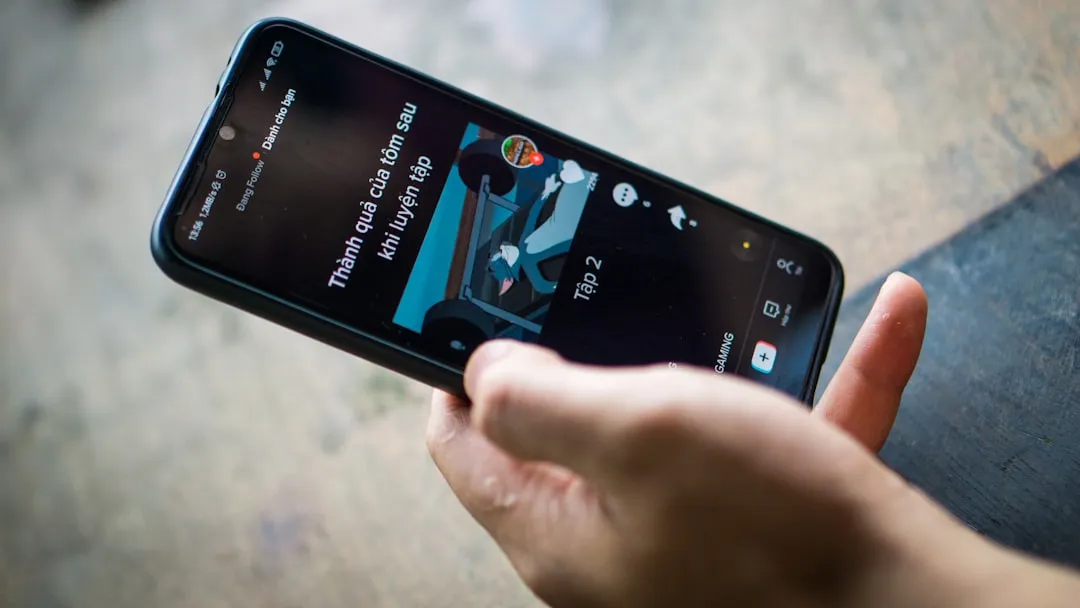
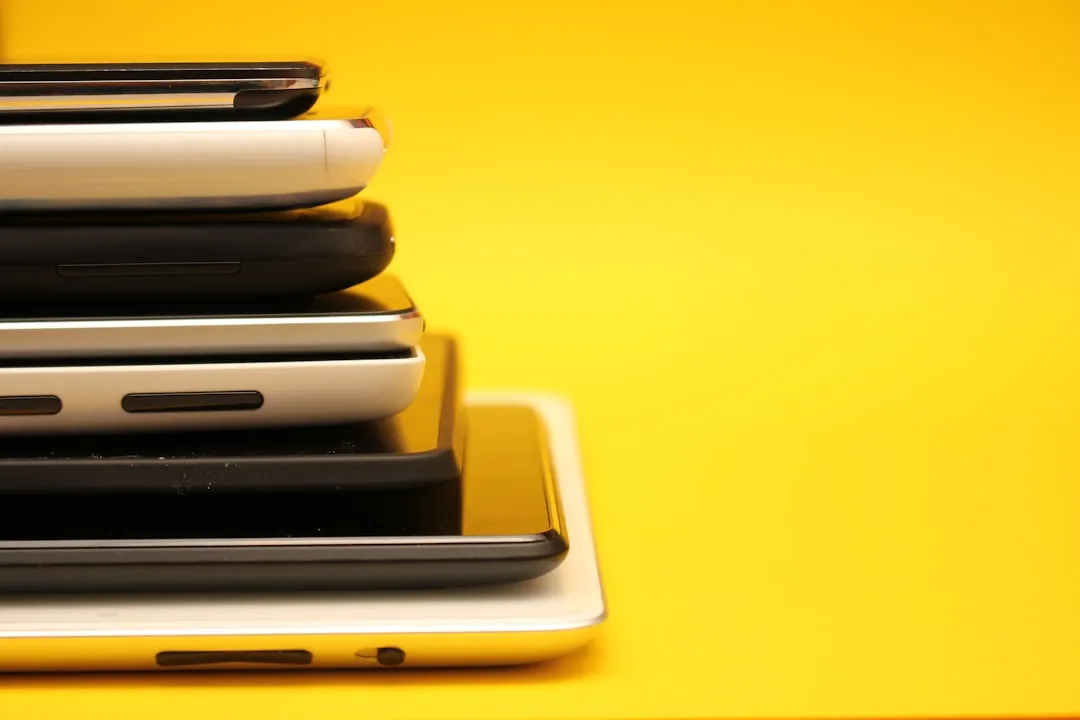

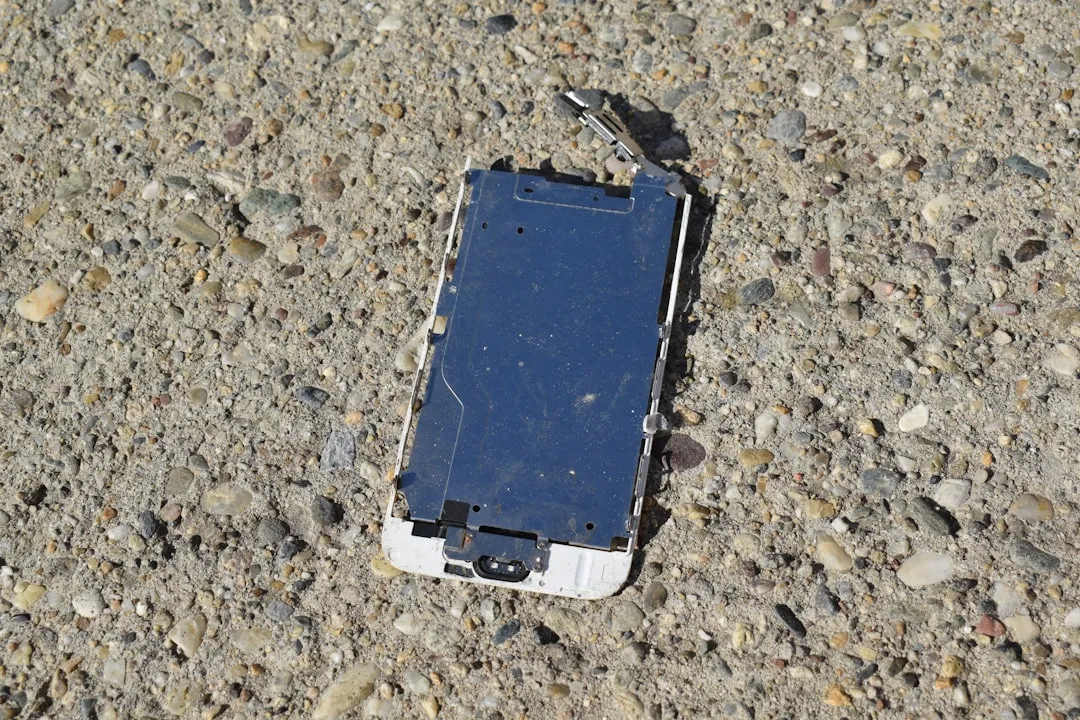
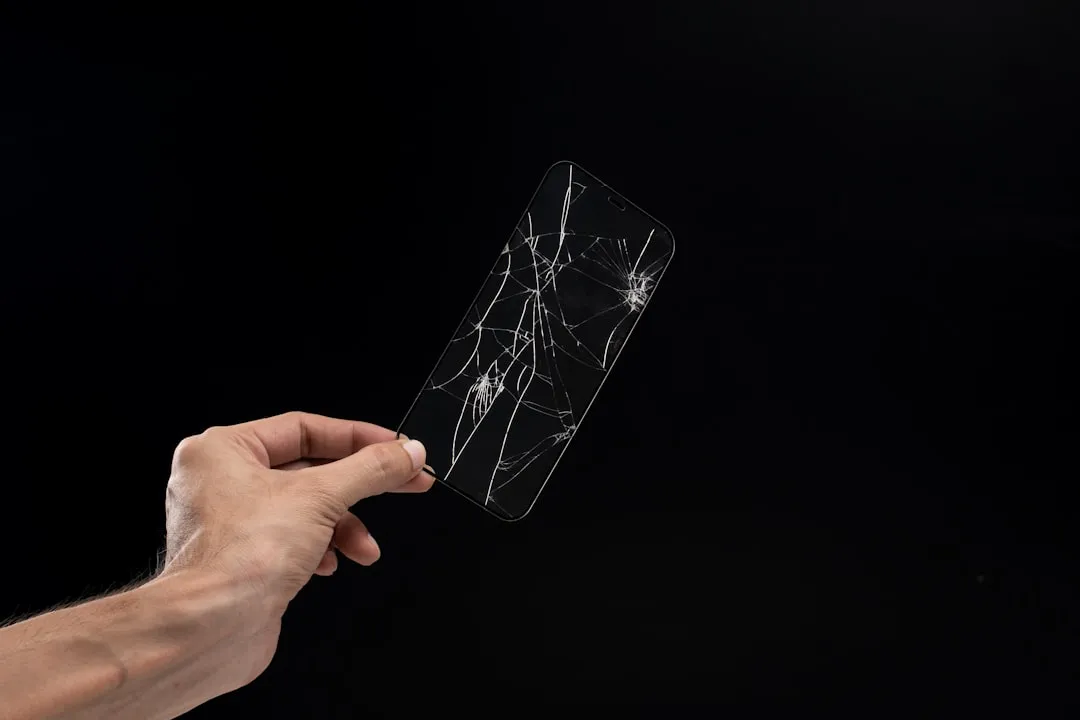
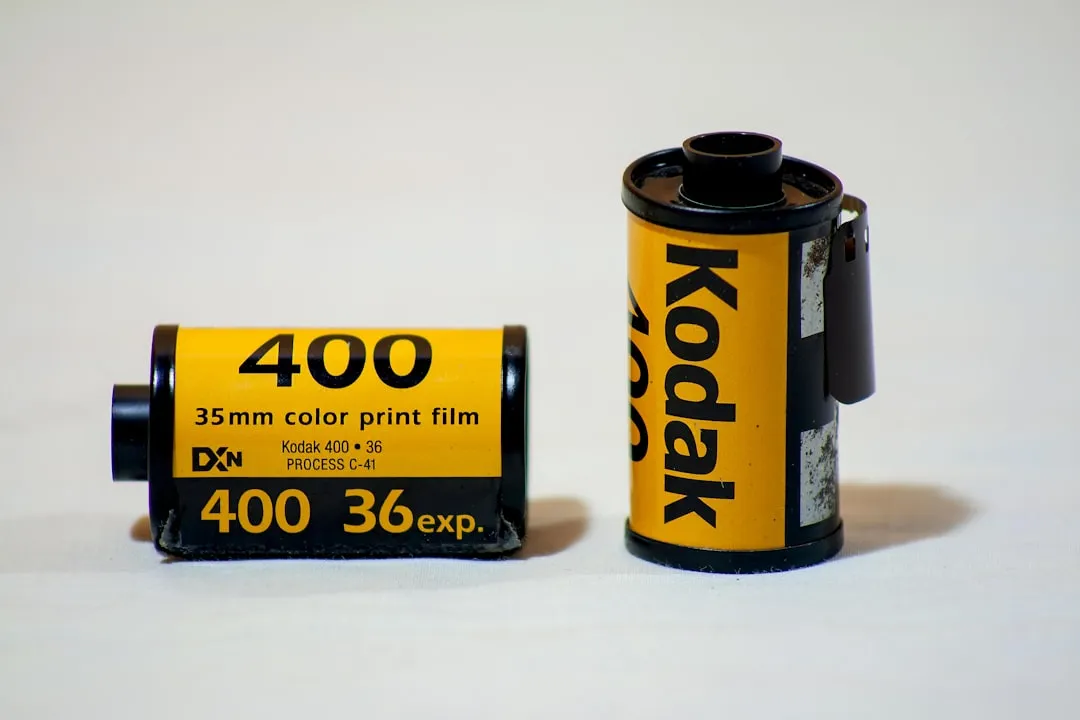
Comments
Be the first, drop a comment!